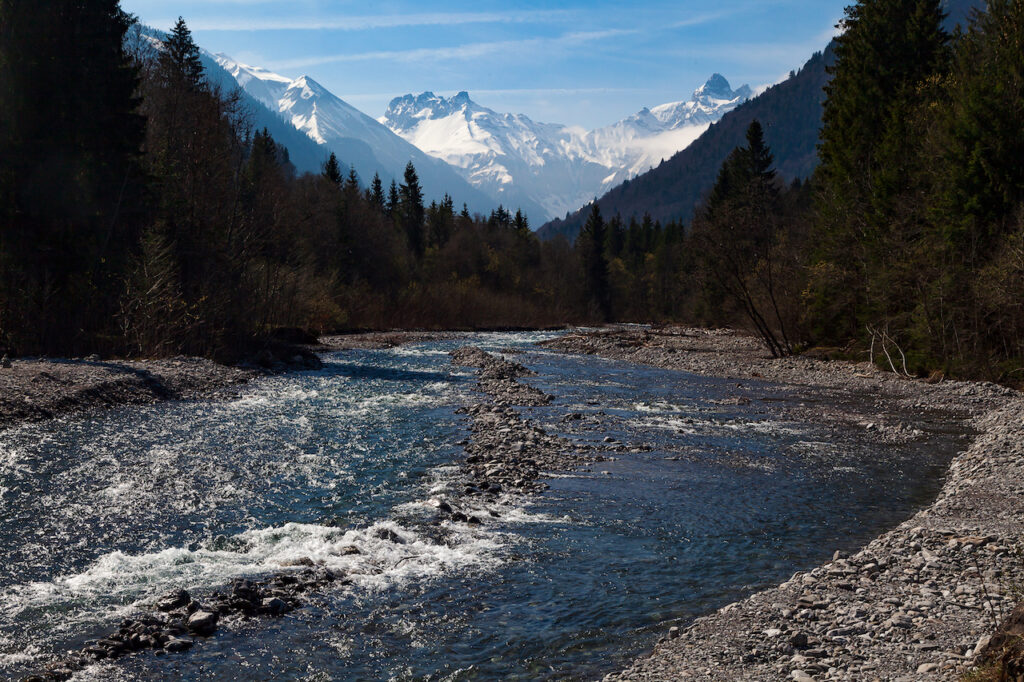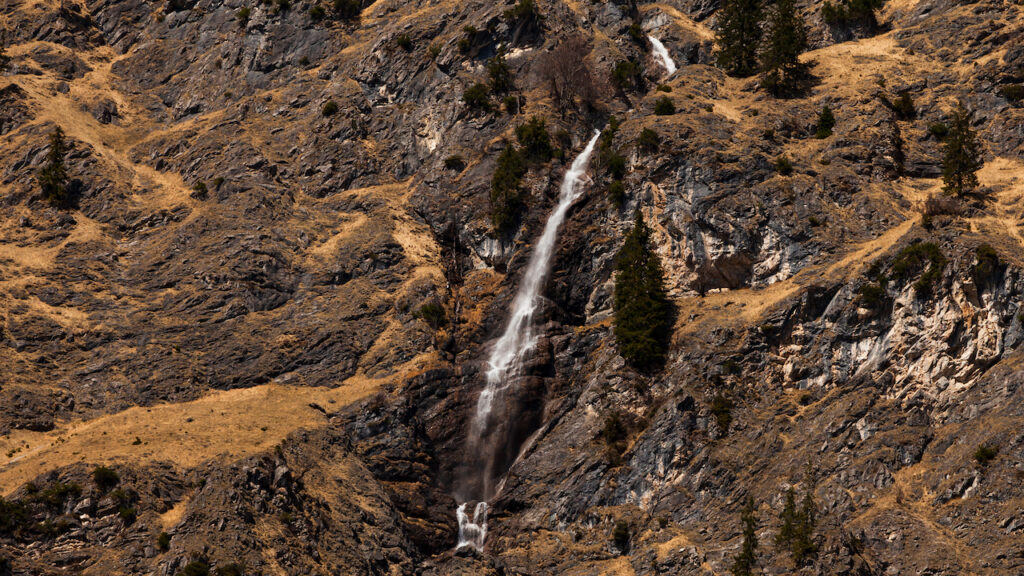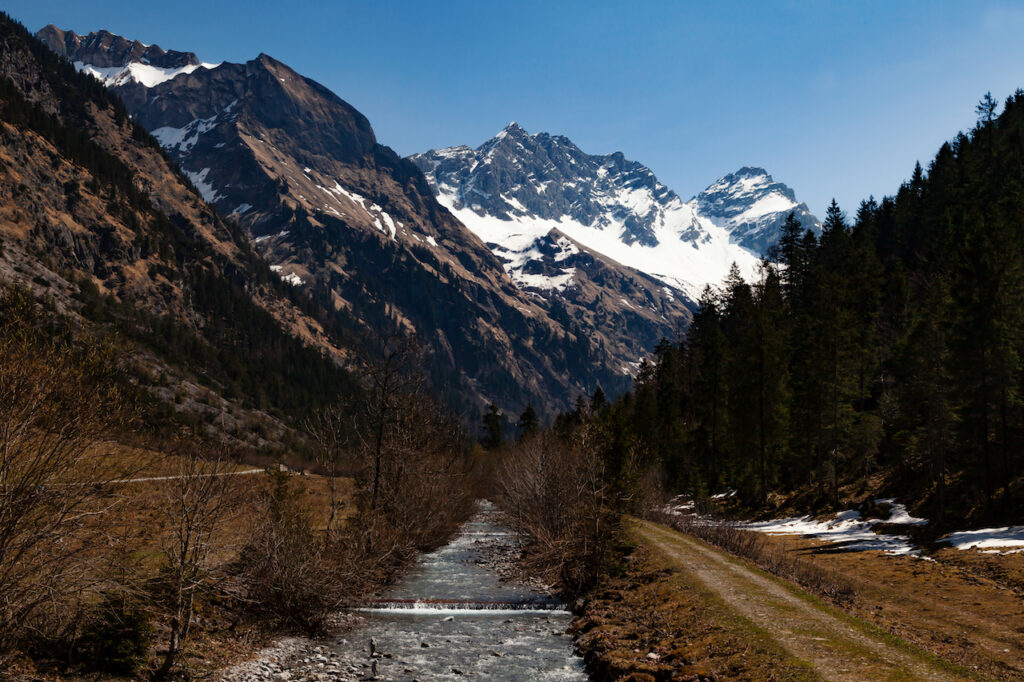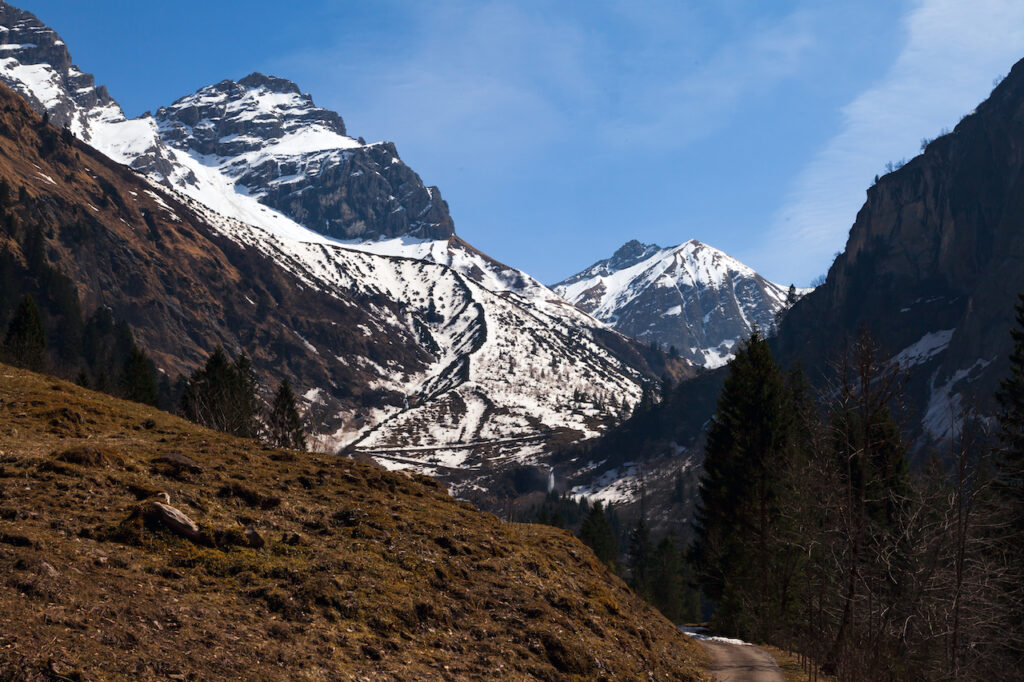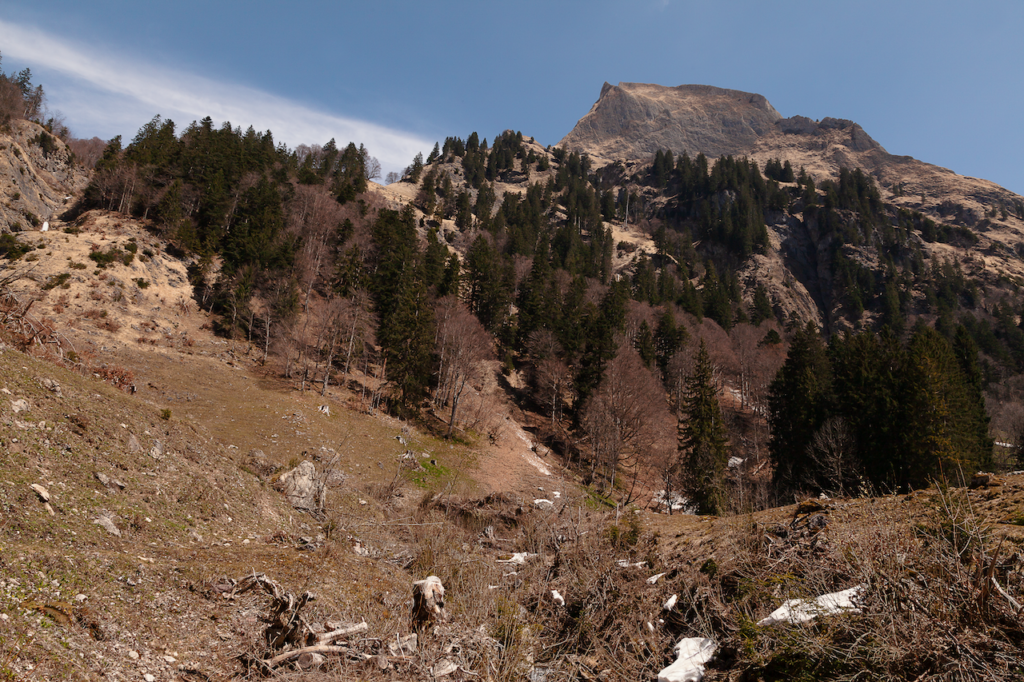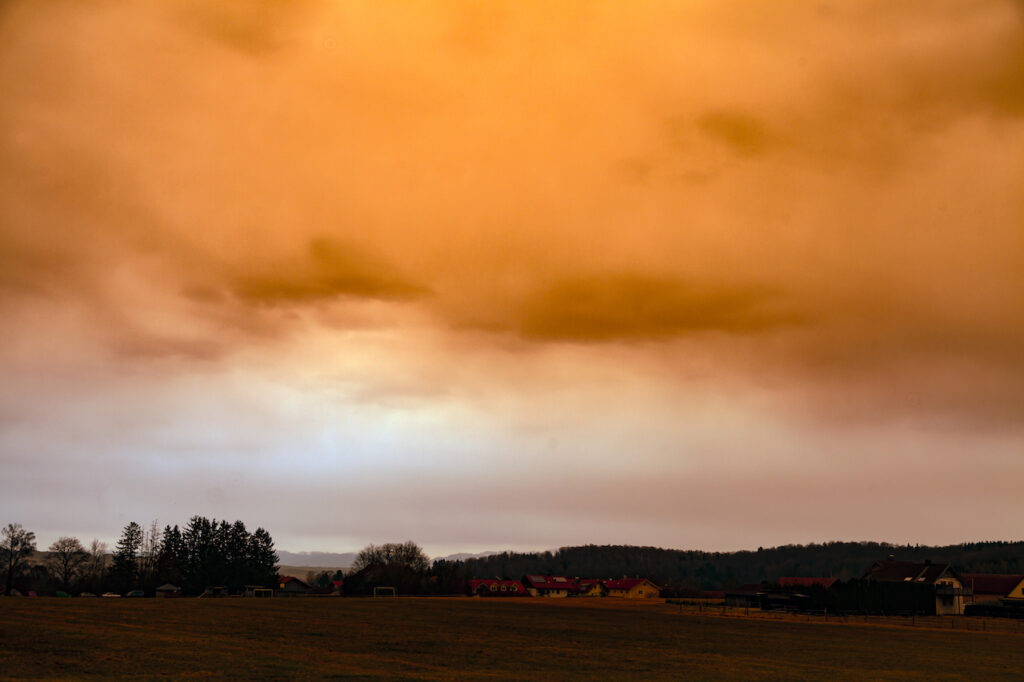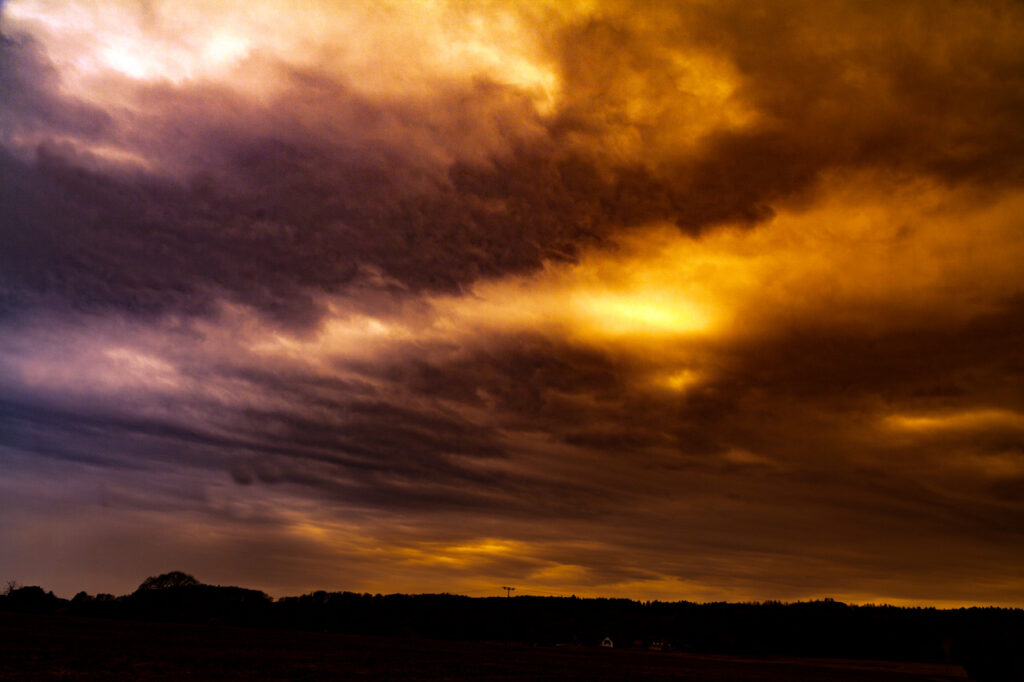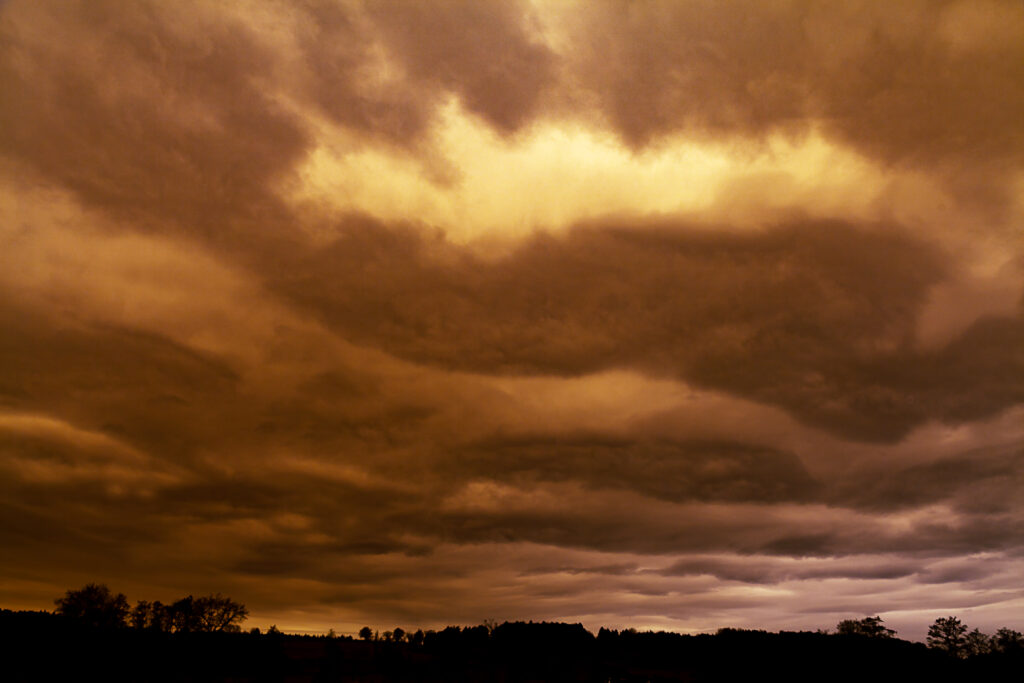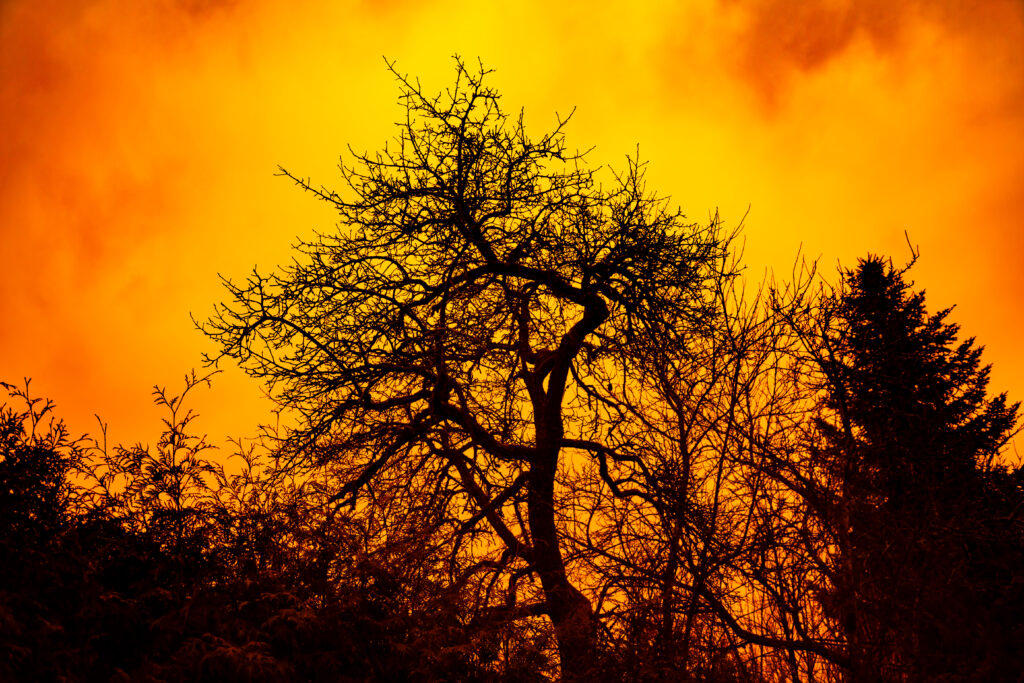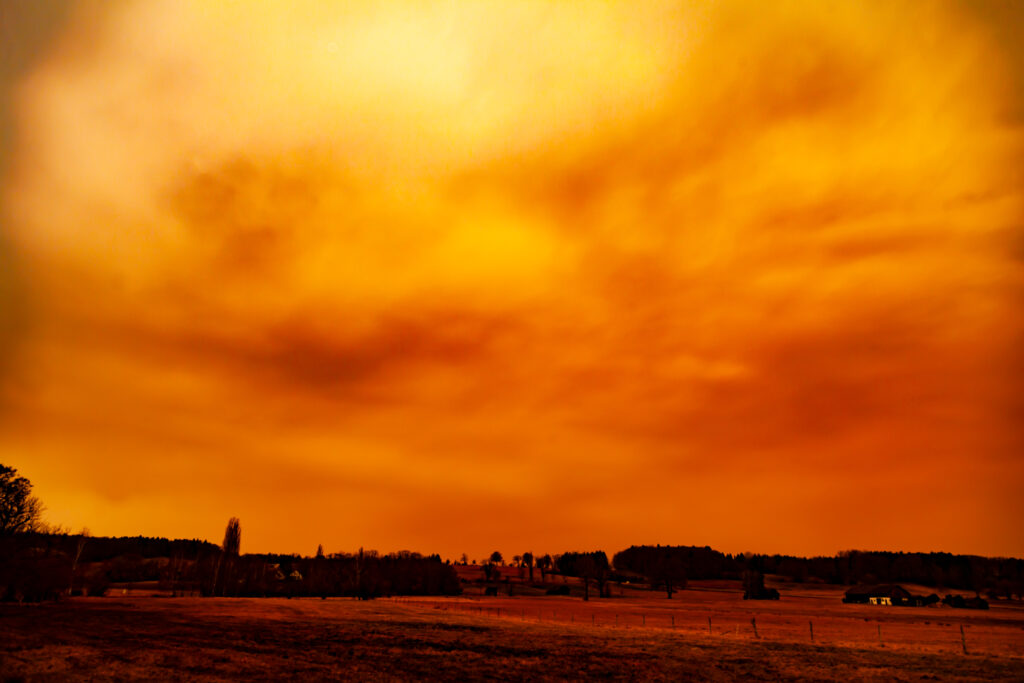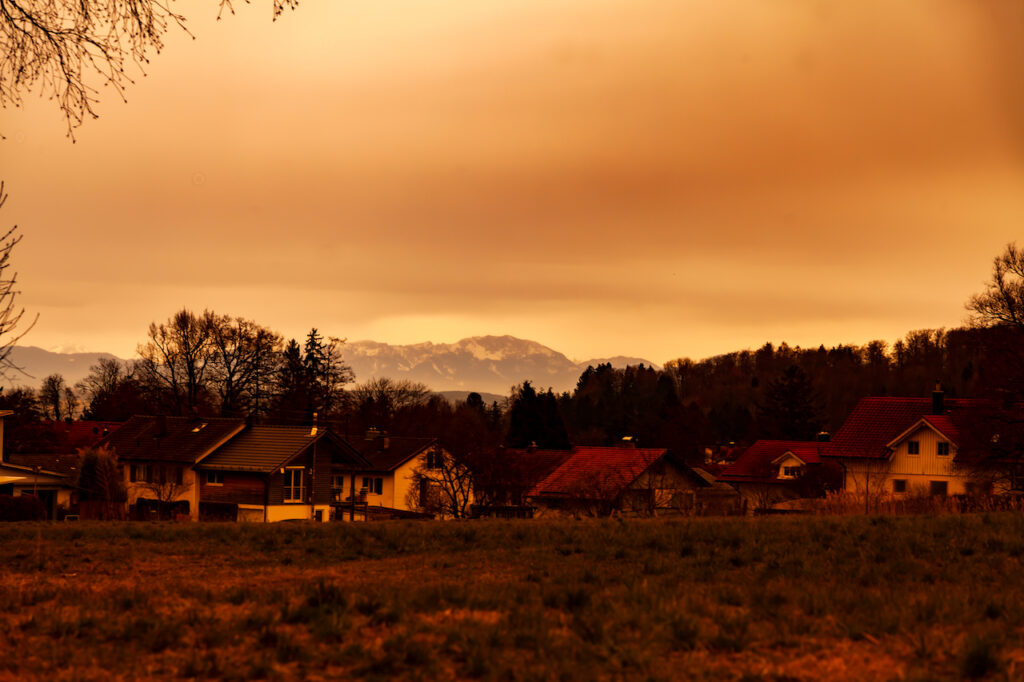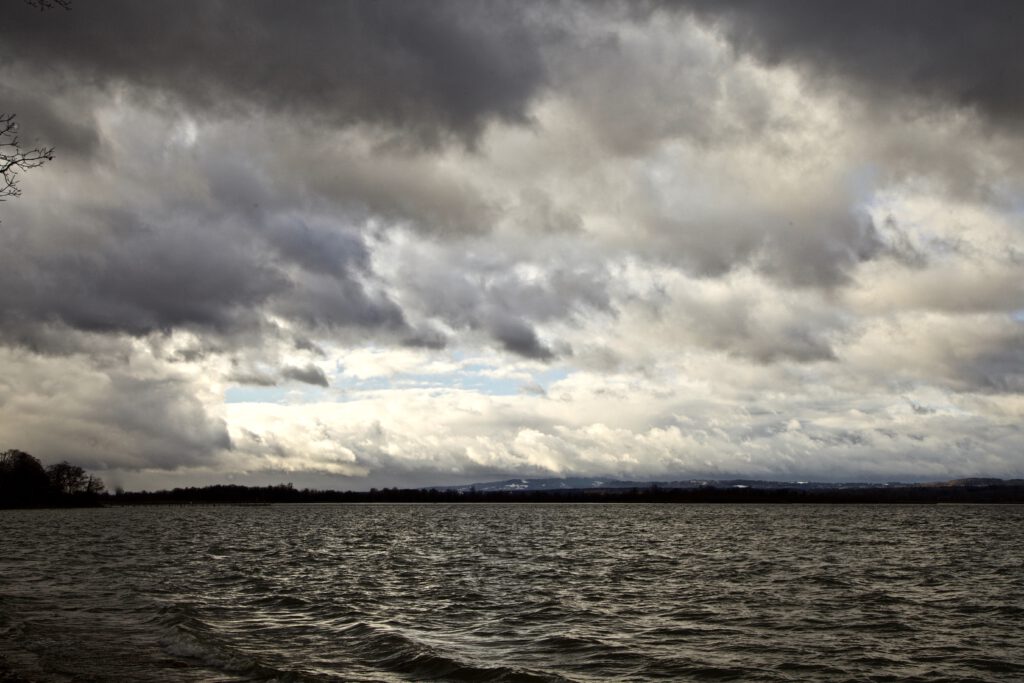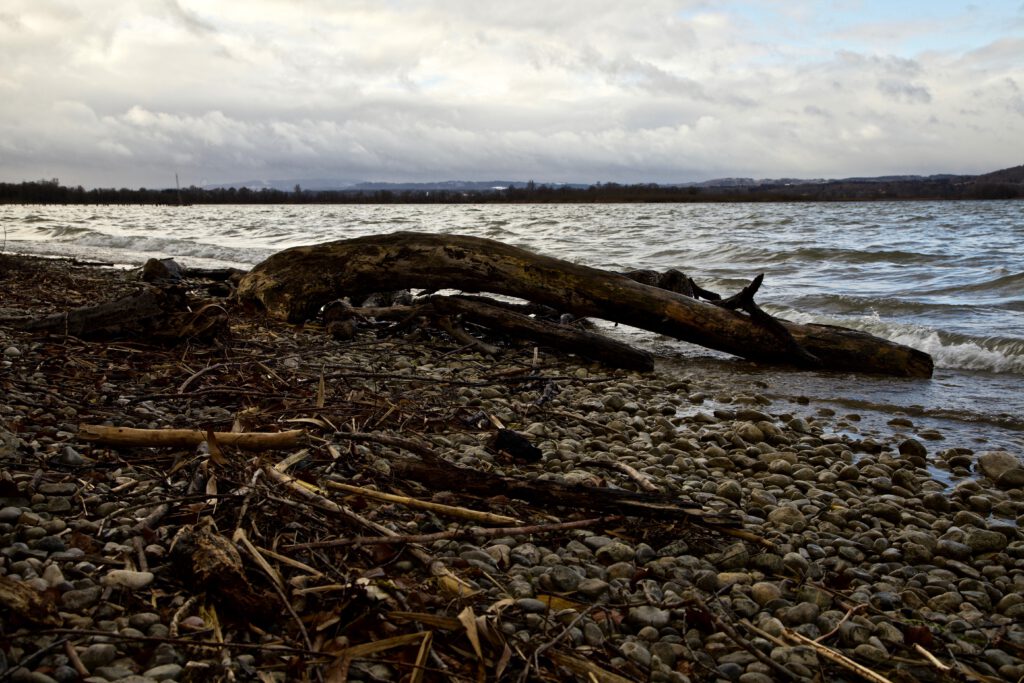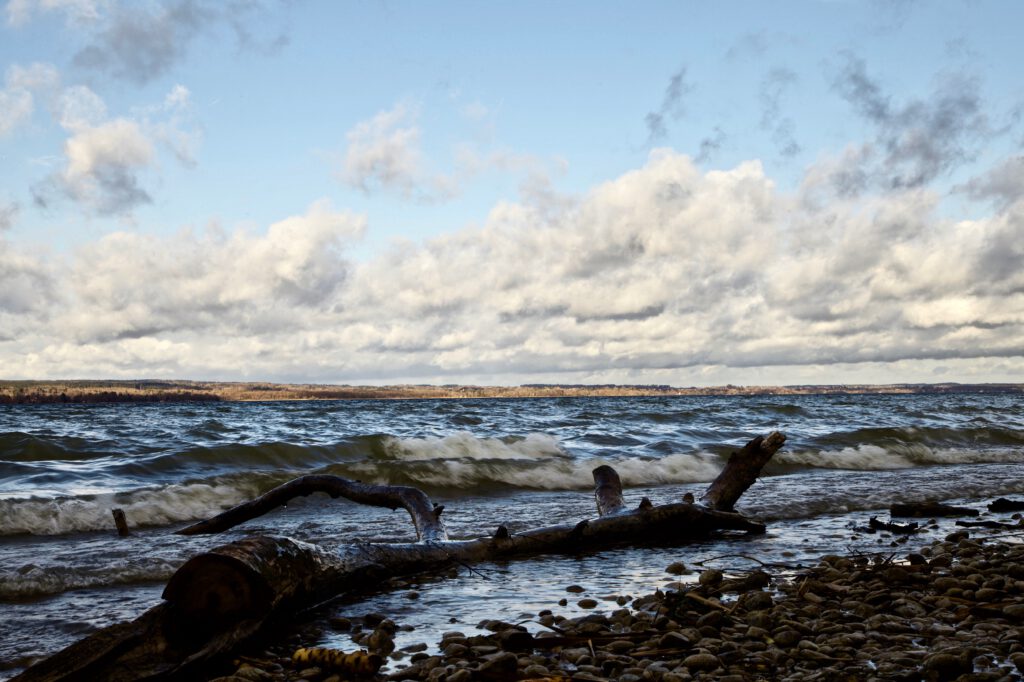The Himmelmoor In Northern Germany – A Mysterious Landscape
by Peter Engelmann, July 5, 2022
The Himmelmoor near Quickborn/Norderstedt was once the biggest peat bog of Schleswig-Holstein. It was originally 600 hectares of bog surface. The nature reserve is a partly natural partly recultivated landscape. As many high moors it was exploited for a long time and barely survived the peat mining. There are still many traces left of the former peat extraction. Today, it is frequently used by visitors. The Himmelmoor is a refuge for many protected species. That is of course very interesting for nature lovers. There is huge variety of birds here and different types of bogs. But the great thing is that it is a unique motive for photographers and videographers. There are many things to see here.
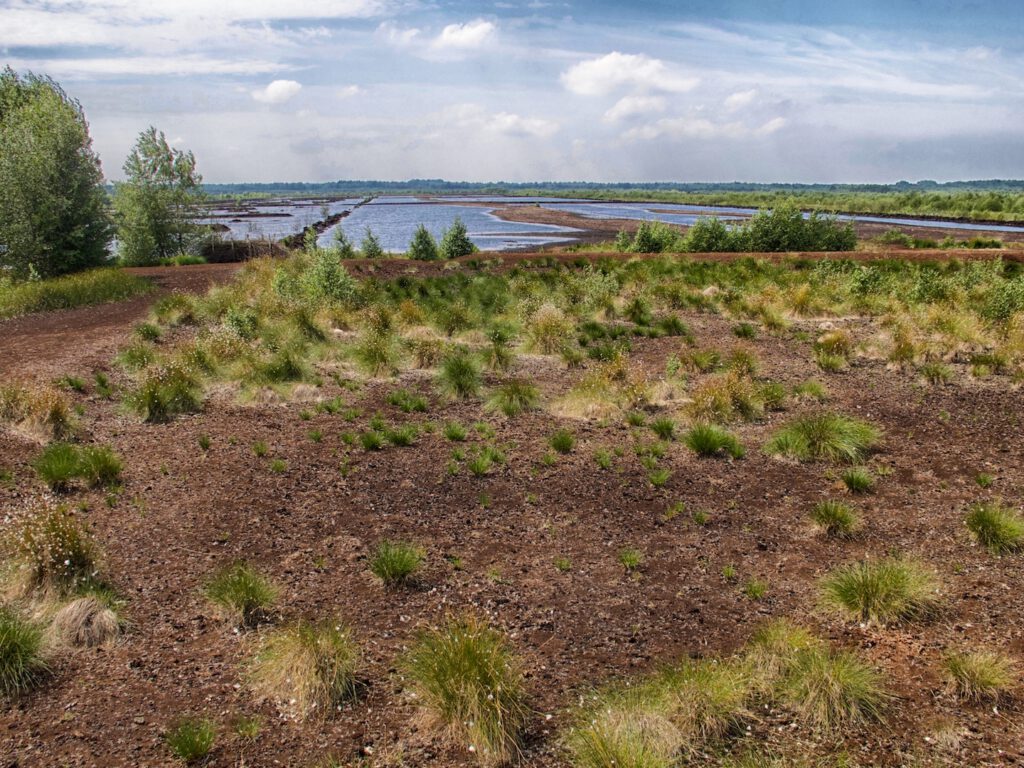
The area is accessible via a 4 kilometres long hiking trail (and a much longer 12 km trail including the surroundings). Please stay always on the trail and do not do any damage. Any interesting motive is accessible from the trail. There are also a couple of small hills as scenic viewpoints. On some parts the path is secured with wooden planks, a so called “Holzbohlenweg”. That’s a very comfortable thing for any hiker since this can be a very wet place at some times of the year. It makes sense to do the trail clockwise. Then you can see some interesting buildings and remains from the time when there was peat extraction when you start the tour. One of the most impressive motives is the peat track. You see also these small “lore” transport wagons. On some occasion this special railway (Lorenbahn) is in use for visitors. “The Torfbahn” has limited seating and the dates are here. They do also have a facebook page with regular updates. During the rides a guide will provide further information about the Himmelmoor and its history. As with many sites of peat mining there are darker aspects in history. Prisoners often had to do this hard work under inhuman conditions.
There are some natural lakes and leftovers from the peat extraction. It takes a long time to recultivate such a sensible nature reserve. Voluntary workers invest a lot of time to help to keep the nature intact and to restore the historical remains of the peat mining industry here. Thus there are many different impressions along the way. During summer the cotton grass and the blue of the lakes is a great sight.
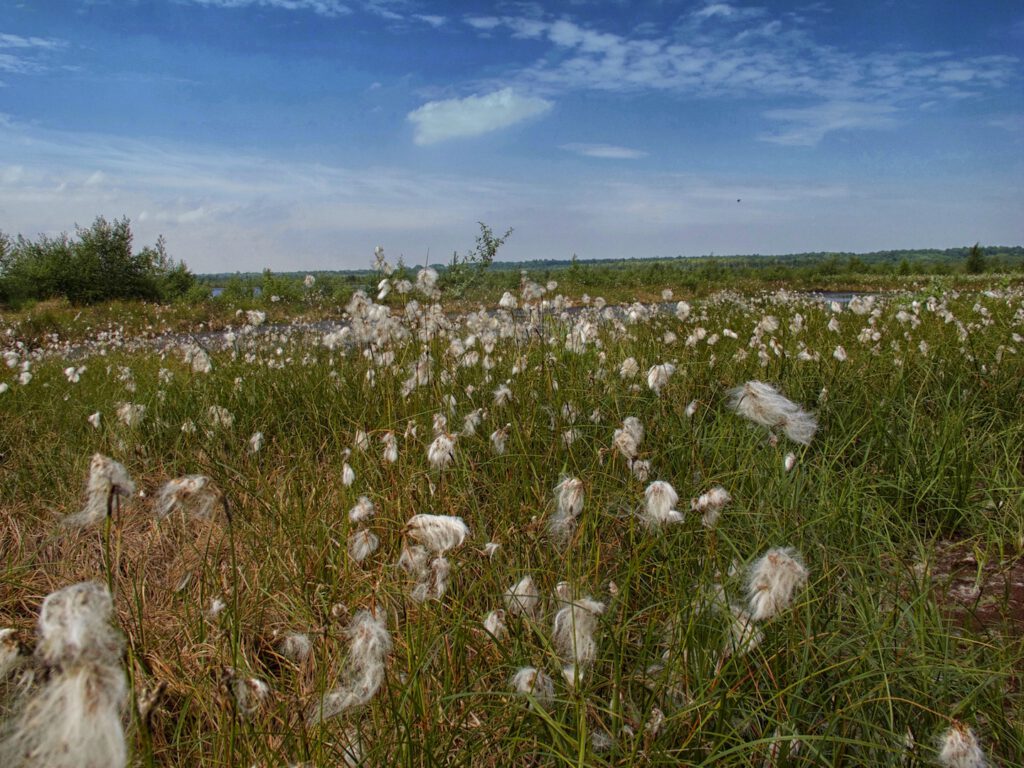
It makes sense to plan some hours for a visit of the Himmelmoor. There are always interesting new angles and view-points along the way. There is a reward for walking up the small hills even on hot days the trail can be a bit exhausting.
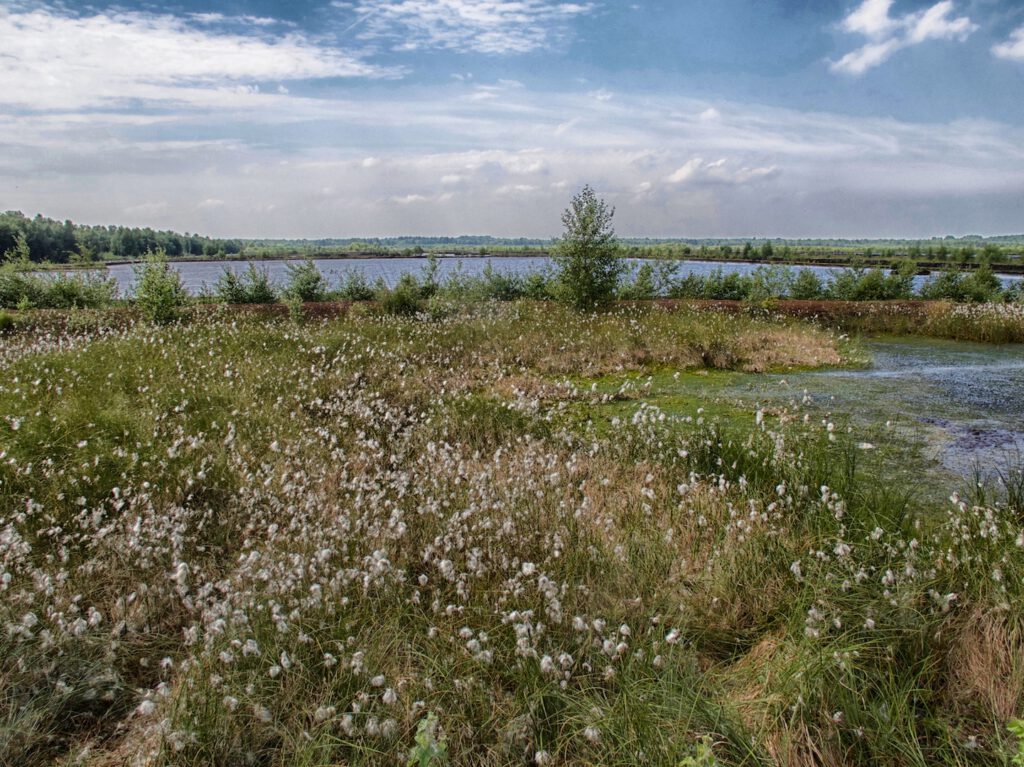
Since we are high up in the North of Germany in Schleswig-Holstein where the land is mostly flat there are these endless horizons. They add to the unique impression of the Himmelsmoor. The sea is not so far away and most days of the year there is wind. The weather usually changes often which allows for spectacular moments with the moving clouds and the fast change of moods. As any bog there is a special atmosphere. Bog landscapes are often a bit eery or even otherworldly. Perhaps come here on a foggy day in autumn?
On this sunny day there weren’t any ghosts or strange things. During summer it is possible to study that very different type of vegetation in the area. There are some open landscapes but also a forest with birch trees which has a pretty much fairy tale feeling.
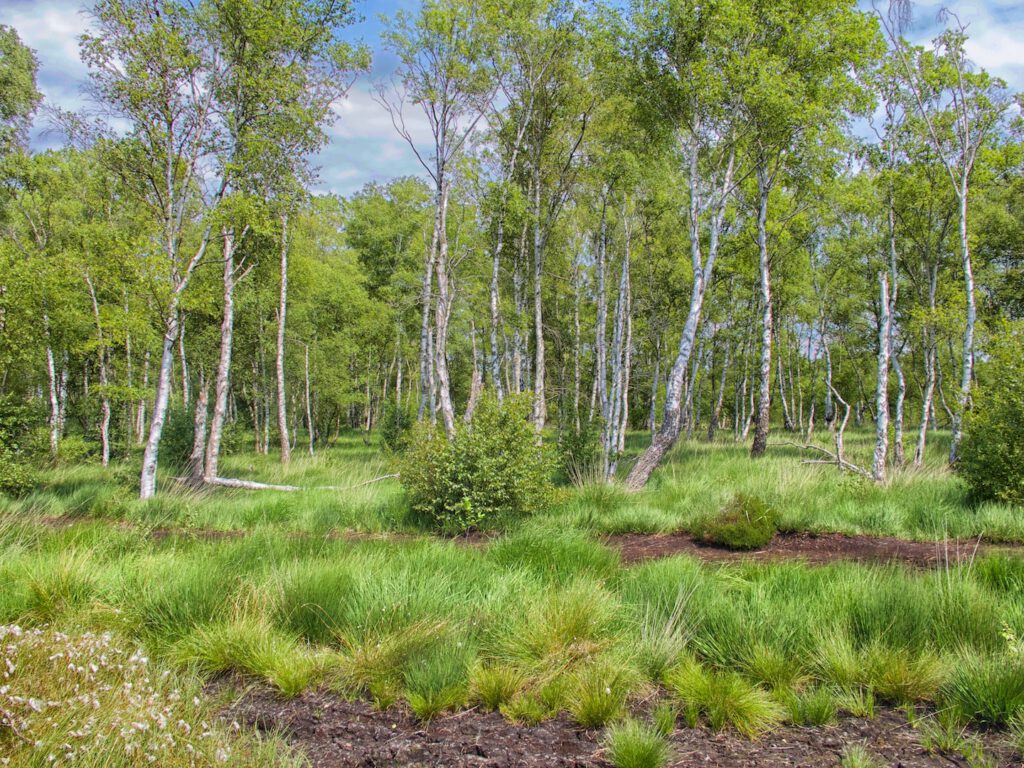
It is worth to watch out for smaller details too. There are not only interesting flowers but at some places it is possible to see the different layers of the ground. The beaming colours are remarkable. Anything is special inside this extraordinary landscape.
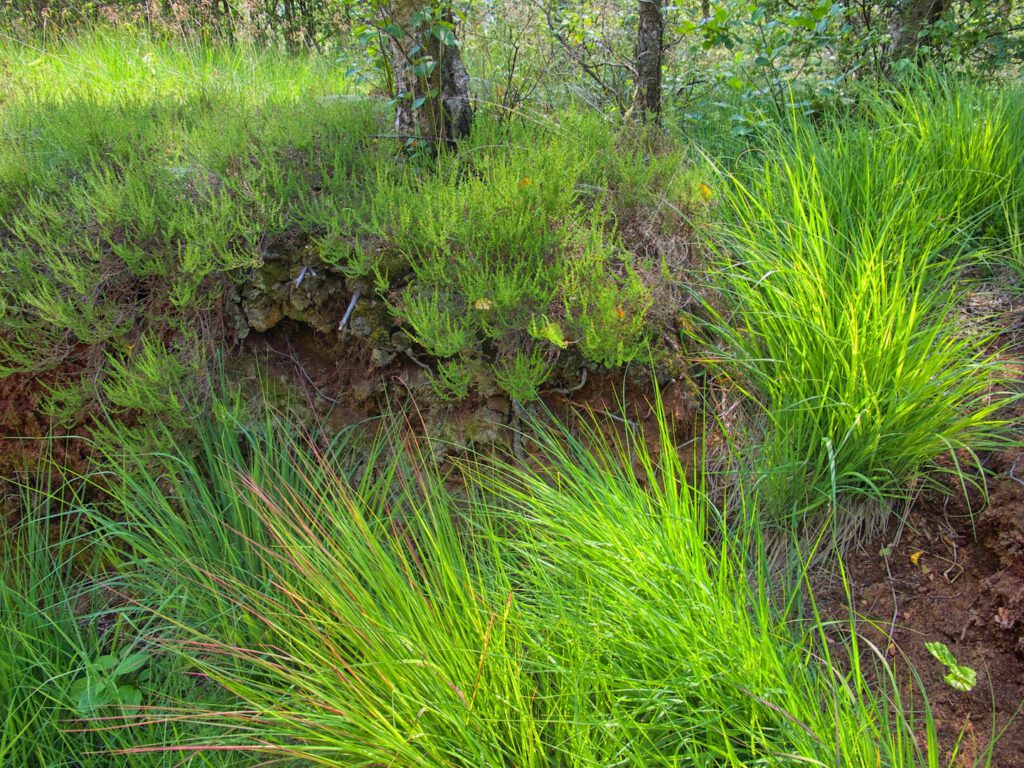
Bog landscapes usually are less multi-coloured as for example an alpine landscape. This can be an interesting aspect when taking pictures which should contain structure.
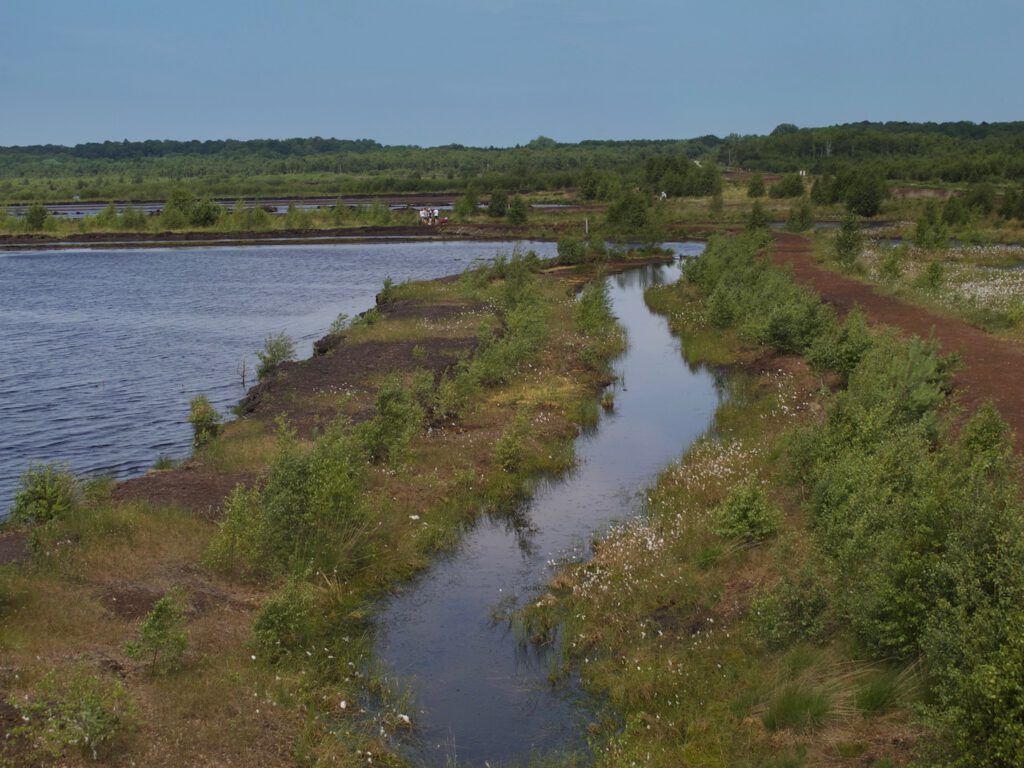
One of the most fascinating elements in this sheer endless landscape is the interplay of water with reflected sky and the landscape. Here is also a rich variety of animal life.
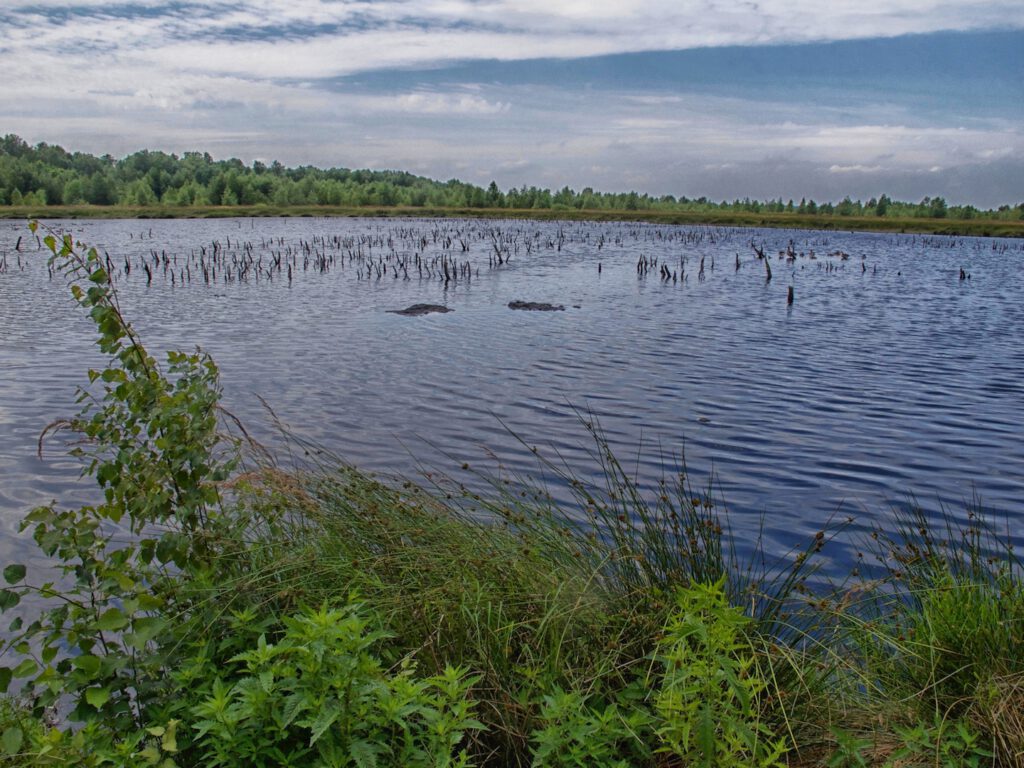
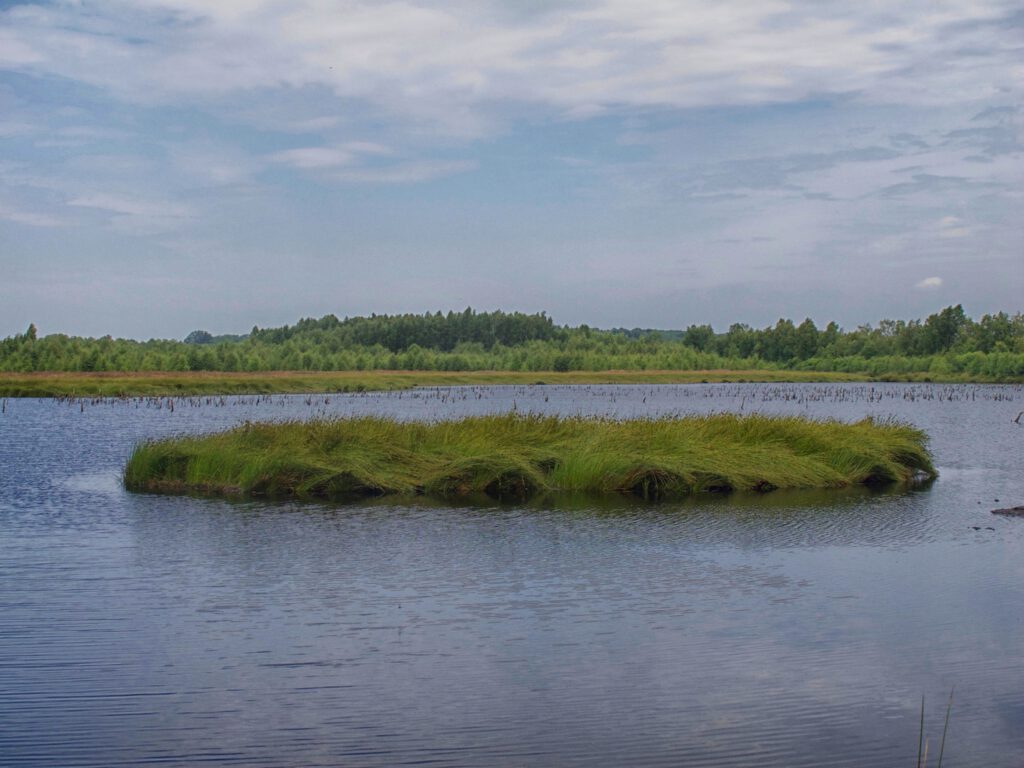
The Himmelmoor is easily accessible. The closest train station is Quickborn with the AKN coming from Hamburg. The nature reserve is not far from Hamburg. There is a parking spot at the trailhead which can be very crowded during holiday season and some weekends. Please follow always the rules set by the authorities.
Schleswig Holstein has a lot of very valuable FFH areas (Flora Fauna Habitats) which are not so far apart. It might be worth to do some research and visit also some of the other landmarks of nature.
